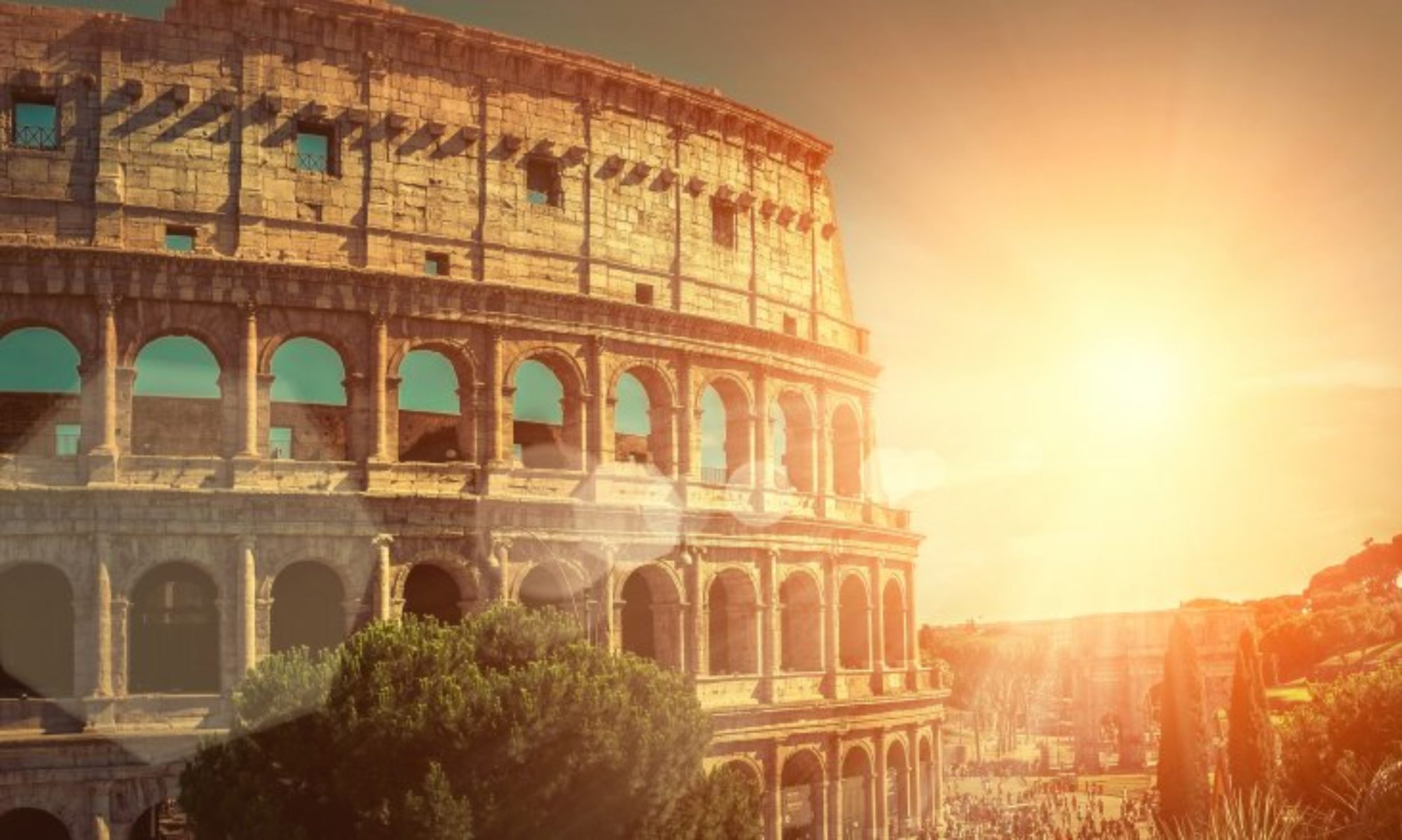Channel: OpenLearn from The Open University
Duration: 2:50
Description: The Circus Flaminius – Buildings of Ancient Rome
Published: July 26, 2011 3:50 pm

Channel: OpenLearn from The Open University
Duration: 2:50
Description: The Circus Flaminius – Buildings of Ancient Rome
Published: July 26, 2011 3:50 pm
Channel: Ellie Arnold
Duration: 8:17
Description: I made this because I couldn’t find anything that covered ALL of Roman history (politically anyway) in ten minutes or less. It was a lot of work and it’s not perfect but I hope you find it useful. Historical information is mostly from my brain but also “Ancient Rome: A New History” by David Potter, especially the late Roman stuff.
Published: June 22, 2016 1:31 pm
Channel: Artiste Tunisien 01
Duration: 1:29:13
Description: It is 200 years before the birth of Christ and Rome is the new superpower of the ancient world. She believes she is invincible – but one man is destined to change that. He is a man bound by oath to avenge the wrongs inflicted on his home and, in pursuit of revenge, he will stop at nothing. Hannibal explores the man behind the myth, revealing what drove the 26-year-old to mastermind one of the most audacious military moves in history. With 40,000 soldiers and 37 elephants, he marched 1,500 miles to challenge his enemies on their own soil. It was an act so daring that few people believed it possible. Hannibal combines drama, the latest historical research and state-of-the-art CGI to bring this spectacular story to life. Hannibal – Rome’s Worst Nightmare.
Published: June 28, 2015 8:16 am
Channel: Gaius Julius
Duration: 44:56
Description: Rome Rise and Fall of an Empire – First Barbarian War
Published: February 6, 2016 1:33 am
Channel: Aemilius Paulus
Duration: 6:53
Description: Tracks “Risus Sativus” and “Hymnus Dianae” from Pugnate album. Musica Romana is a well-known, internationally-acclaimed music ensemble dedicated to recreating the Ancient Roman music. Among other things, their music was featured the Europa Barbarorum, a video game mod for Rome: Total War. The Pugnate (Latin: fight!) album recreates the music at the gladiatorial games of Imperial Rome.
Published: October 19, 2009 5:57 pm
Channel: OpenLearn from The Open University
Duration: 5:39
Description: The Porticus of Octavia – Buildings of Ancient Rome
Published: July 26, 2011 3:52 pm
Channel: bbc@latest
Duration: 59:1
Description: Ancient Greece The Greatest Show on Earth, Romans
Published: September 13, 2013 11:21 am
Channel: Ancient Cities
Duration: 21:33
Description: During the 2nd century A.D., Roman war veterans were granted land in Northern Africa as a sign of gratitude from the politicians. This arid climate proved beneficial in thee planting of vast olive groves and wheat fields. The area was prosperous, and begin to take on many aspects of Roman culture. We’ll visit some of the numerous wealthy provinces, including the amphitheatre at El-Djem and the ingenious villa built to escape the hot African climate. The Byzantine Empire was the predominantly Greek-speaking continuation of the eastern half of the Roman Empire during Late Antiquity and the Middle Ages. Its capital city was Constantinople (modern-day Istanbul), originally known as Byzantium. Often called the Eastern Roman Empire in this context, it survived the 5th century fragmentation and fall of the Western Roman Empire and continued to exist for an additional thousand years until it fell to the Ottoman Turks in 1453. During most of its existence, the empire was the most powerful economic, cultural, and military force in Europe. Both “Byzantine Empire” and “Eastern Roman Empire” are historiographical terms created after the end of the realm; its citizens continued to refer to their empire as the Roman Empire (Ancient Greek: Βασιλεία Ῥωμαίων, tr. Basileia Rhōmaiōn; Latin: Imperium Romanum), and Romania (Ῥωμανία).
Several events from the 4th to 6th centuries mark the transitional period during which the Roman Empire’s east and west divided. In 285, the emperor Diocletian (r. 284–305) partitioned the Roman Empire’s administration into eastern and western halves. Between 324 and 330, Constantine I (r. 306–337) transferred the main capital from Rome to Byzantium, later known as Constantinople (“City of Constantine”) and Nova Roma (“New Rome”).[n 1] Under Theodosius I (r. 379–395), Christianity became the Empire’s official state religion and others such as Roman polytheism were proscribed. And finally, under the reign of Heraclius (r. 610–641), the Empire’s military and administration were restructured and adopted Greek for official use instead of Latin. Thus, although it continued the Roman state and maintained Roman state traditions, modern historians distinguish Byzantium from ancient Rome insofar as it was oriented towards Greek rather than Latin culture, and characterised by Orthodox Christianity rather than Roman polytheism.
Published: June 15, 2014 6:06 pm
Channel: Inbal Augustus
Duration: 1:19:21
Description: In spite of the purported lack of musical originality on the part of the Romans, they did enjoy music greatly and used it for many activities. Scott recounts the obvious military uses of the tuba for signaling, as well as music for funerals, private gatherings, public performances on the stage and large gladiatorial spectacles. Music was also used in religious ceremonies. The Romans cultivated music as a sign of education. Music contests were quite common and attracted a wide range of competition, including Nero himself, who performed widely as an amateur and once traveled to Greece to compete.
Published: October 5, 2012 11:32 am
Channel: kubbahpoloco
Duration: 0:54
Description:
Welcome to the Roman Costume
Published: December 2, 2010 2:25 pm